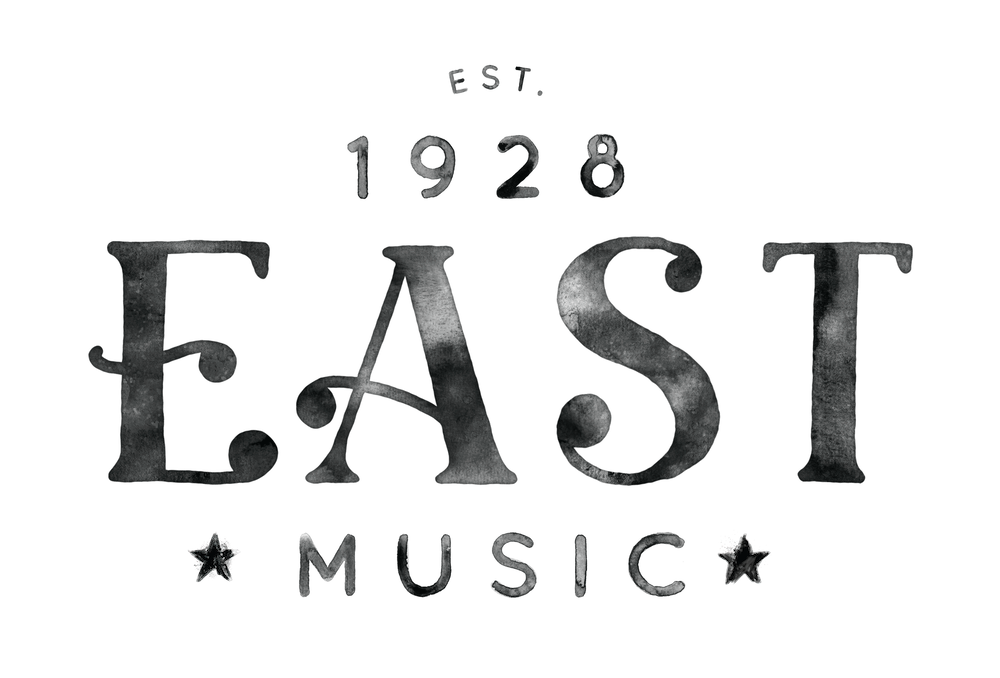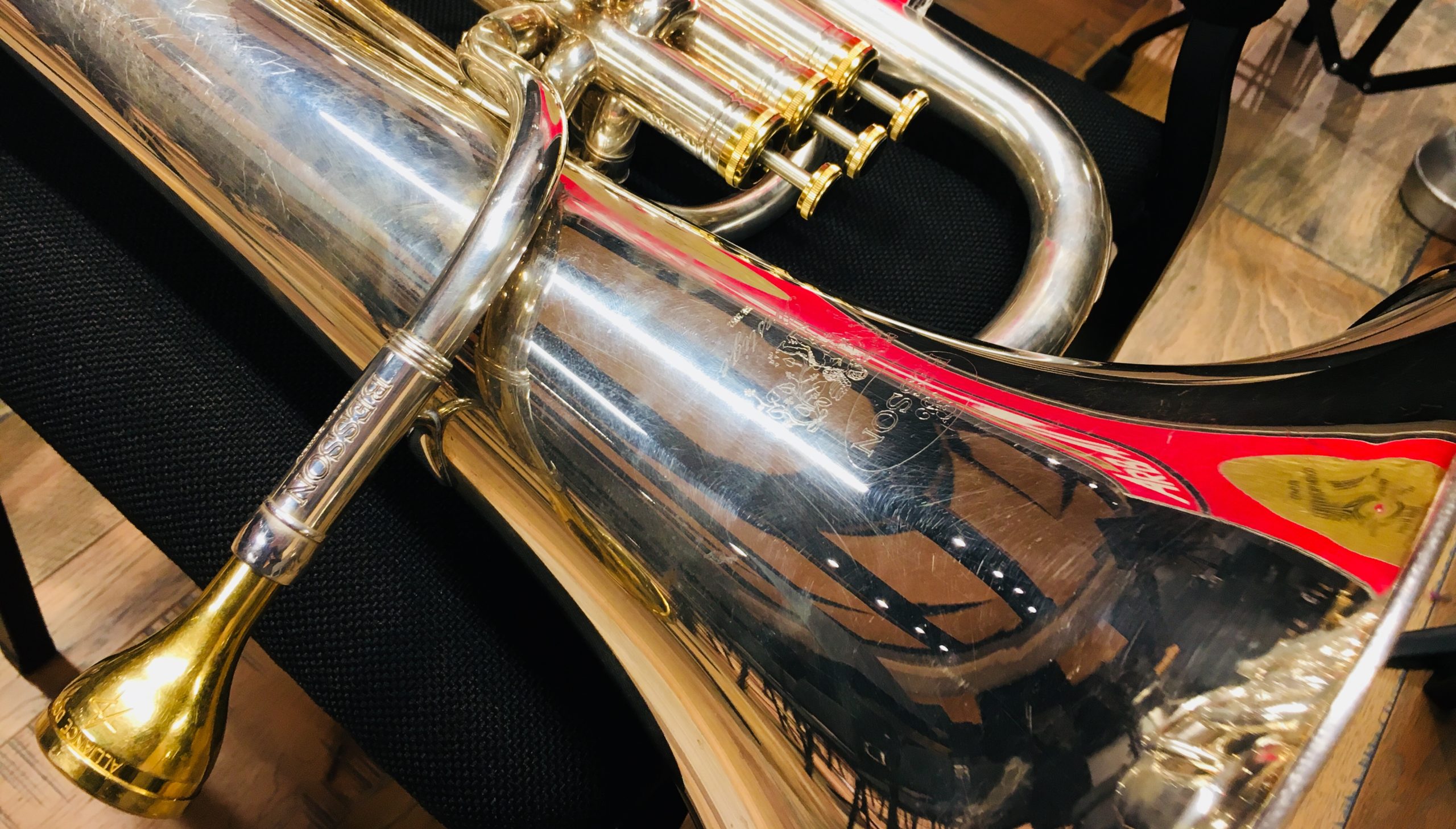I. How to Properly Warm Up
- Breathing Exercises – the continuous movement of air in and air out
- Mouthpiece Buzzing – this should be done with a tuner or a keyboard
- Long Tones with Instrument – questions to think about while playing long tones:
* Am I playing with a beautiful sound?
* What articulation am I using? “Ta” “Da” or Breath Attack?
* Think musical shape and line, even when playing long tones
- Lip Flexes – Many excellent books, most well-known: Arban or Remington. I use The Brass Gym by Pat Sheridan and Sam Pilafian.
* 3, 4, 5 Note Slur
* Lip Flips: Major/Minor 3rd, Perfect 4th (low/high), Perfect 5th (low/high), Octaves
* Arpeggios & Old School Flexes (Remington and Arban)
- Air/Tongue/Fingers – Again many fine books, I use The Brass Gym.
* Soft Legato Tonguing
* Alternative Staccato & Tenuto Tonguing
* Scales (one or two octaves) and Scale Portions
IMPORTANT KEYS TO CONSIDER
* Your “warm up” should be 5-15 minutes; any longer is generally considered part of the formal practice regimen.
** Be as musical as possible – whether you are “warming up,” practicing, or performing in public – always try to make the most beautiful sound possible.
II. How to Build a Practice Routine
- Always remember: Practice exists to serve YOU, not the other way around!
- Time is the most precious commodity we have. Once you spend it, you never get it back – therefore, use your time WISELY.
- Whether you have 20 minutes or 2 hours, enter every practice session with a well-defined, attainable goal. When you leave the practice session, it should be obvious that the music you practiced is better than when you started.
- Essential tools: a loud metronome, a tuner, a recording device (whatever your Smartphone will allow is fine).
- Each Practice Routine should include the following:
* Proper Warm Up
* Practice the Hard Stuff – the music you can’t play yet
* Fundamental / Core Exercises (Arban, Clarke, Rochut, Kopprasch)
* Play something you love to play
III. An Approach to Organized Practicing – How to Practice the Hard Stuff
- Rhythm
Without an understanding of the rhythm, one cannot truly move forward with any piece of music. Adhere to the pulse. Practice dictation (1e&a, 2e&a, etc.). Once you feel the rhythm, repeat 5-10 times perfectly.
- Learn the Notes
Slowly, place the right notes with the already corrected rhythm. Check pitches on the piano or play down one octave if you are unsure. Check even if you think you are right! Repeat isolated passages 5-10 times perfectly.
- Dynamics, Articulation & Intonation
As important as correct rhythm and notes are, you cannot start to be musical without these ingredients. Repeat isolated/challenging passages 5-10 times aiming for consistency. Record yourself. Incorporate mental practice.
- Tempo
Using a loud metronome, practice at a tempo that you can play #1-3 perfectly. Once that is established, slowly increase tempo to the desired marking. Multiple repetitions of each challenging passage are required. There are no shortcuts. No magic pill. Once you reach the desired tempo and consistently play the passage perfectly, stop metronome so the pulse becomes internal.
- Explore the Idea of Being Musical
This is vital. Rhythm, accuracy, dynamics, articulation and intonation were the first steps to becoming musical. Never allow the music to sit. Let the music rise and fall. Listening and singing will help you find the natural peaks and valleys. Come up with a story to help get the music across to your audience. Engage your imagination and soul.
IV. Helpful Tools
- The Carmine Caruso Method – Taught and Adapted by Julie Landsman
Includes free lesson videos detailing the Caruso Method plus sheet music to accompany the lesson. Very helpful! Subscribe to Julie’s YouTube Channel
Free Caruso Method studies/explanations: http://s3.amazonaws.com/julielandsman/index.html
- The Bullet Proof Musician – www.bulletproofmusician.com
Learn how to beat performance anxiety and perform your very best on stage.
Dr. Noa Kagayema discusses the science behind and important considerations to combat performance anxiety. Includes free articles as well.
Aaron VanderWeele – Euphonium, New York Staff Band

